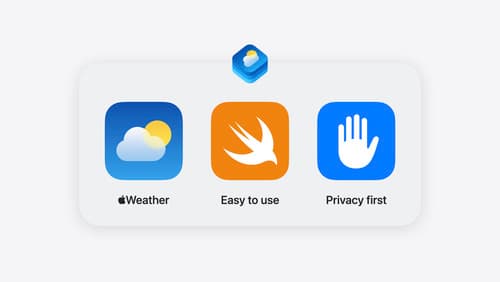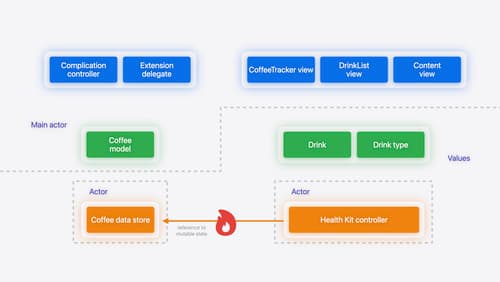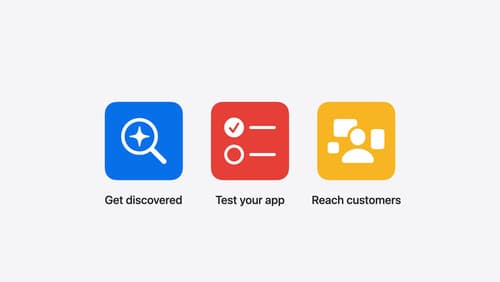what is risk?
Asked on 2025-02-11
1 search
The concept of "risk" in the context of Apple's WWDC sessions can be related to various topics, such as assessing mental health risks using HealthKit APIs or managing risks in software development with Swift.
-
Mental Health Risk Assessment: In the session titled "Explore wellbeing APIs in HealthKit," Apple introduced the ability to read and write results from the GaD-7 anxiety and PHQ-9 depression questionnaires. These tools are used to assess a person's risk of anxiety and depression, respectively. This allows developers to integrate mental health assessments into their apps, helping users monitor their mental health over time.
-
Software Development Risks: In the session "Consume noncopyable types in Swift," the discussion revolves around managing risks in software development, such as preventing errors that can occur from copying data types inappropriately. Swift's features aim to reduce the risk of bugs and errors in concurrent programming by ensuring data race safety and using noncopyable types to prevent unintended data duplication.
These examples illustrate how Apple addresses different types of risks through its technologies and frameworks presented at WWDC.

Bring context to today’s weather
Harness the power of WeatherKit to get detailed weather forecast data such as precipitation amounts by type, cloud cover by altitude, or maximum wind speed. Find out how you can summarize weather by different parts of the day and highlight significant upcoming changes to temperature or precipitation. Understand how you can compare current weather to the past through our Historical Comparisons dataset and dive into historical weather statistics for any location in the world. We’ll also explore how you can do all of this faster with our Swift and REST APIs.

Migrate your app to Swift 6
Experience Swift 6 migration in action as we update an existing sample app. Learn how to migrate incrementally, module by module, and how the compiler helps you identify code that’s at risk of data races. Discover different techniques for ensuring clear isolation boundaries and eliminating concurrent access to shared mutable state.

What’s new in App Store Connect
Explore new features for discovery, testing, and marketing. Find out how to nominate your apps for featuring on the App Store, share exciting moments (like a version launch) with marketing assets generated for you, deep link to specific content in your app from custom product pages, use the latest enhancements to TestFlight, and more.
